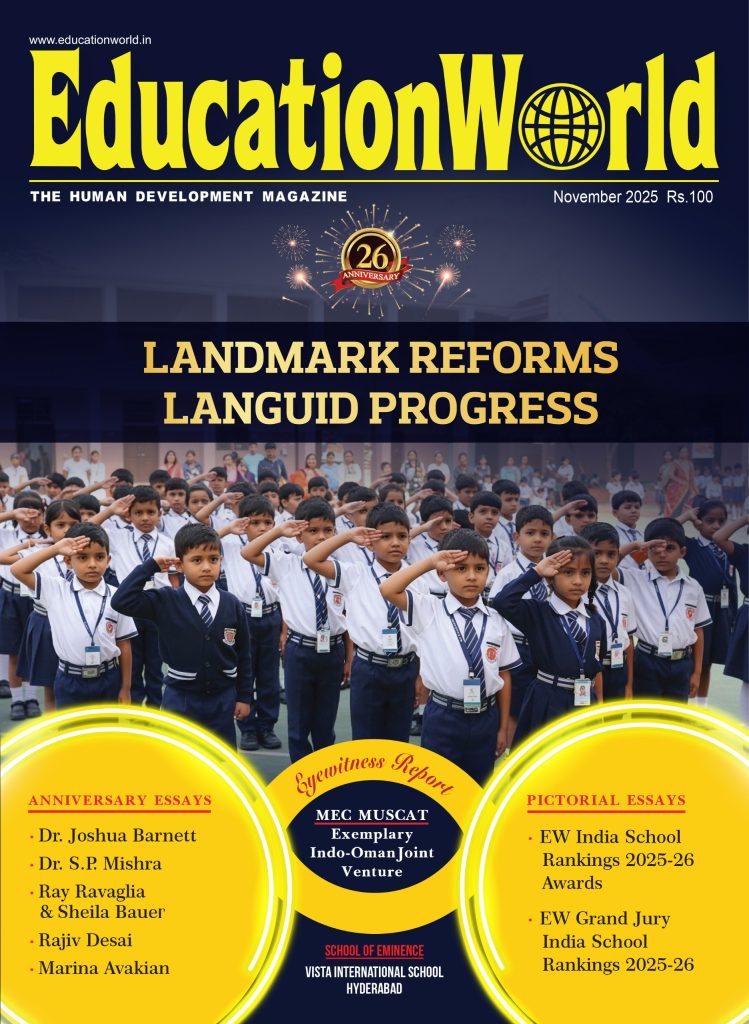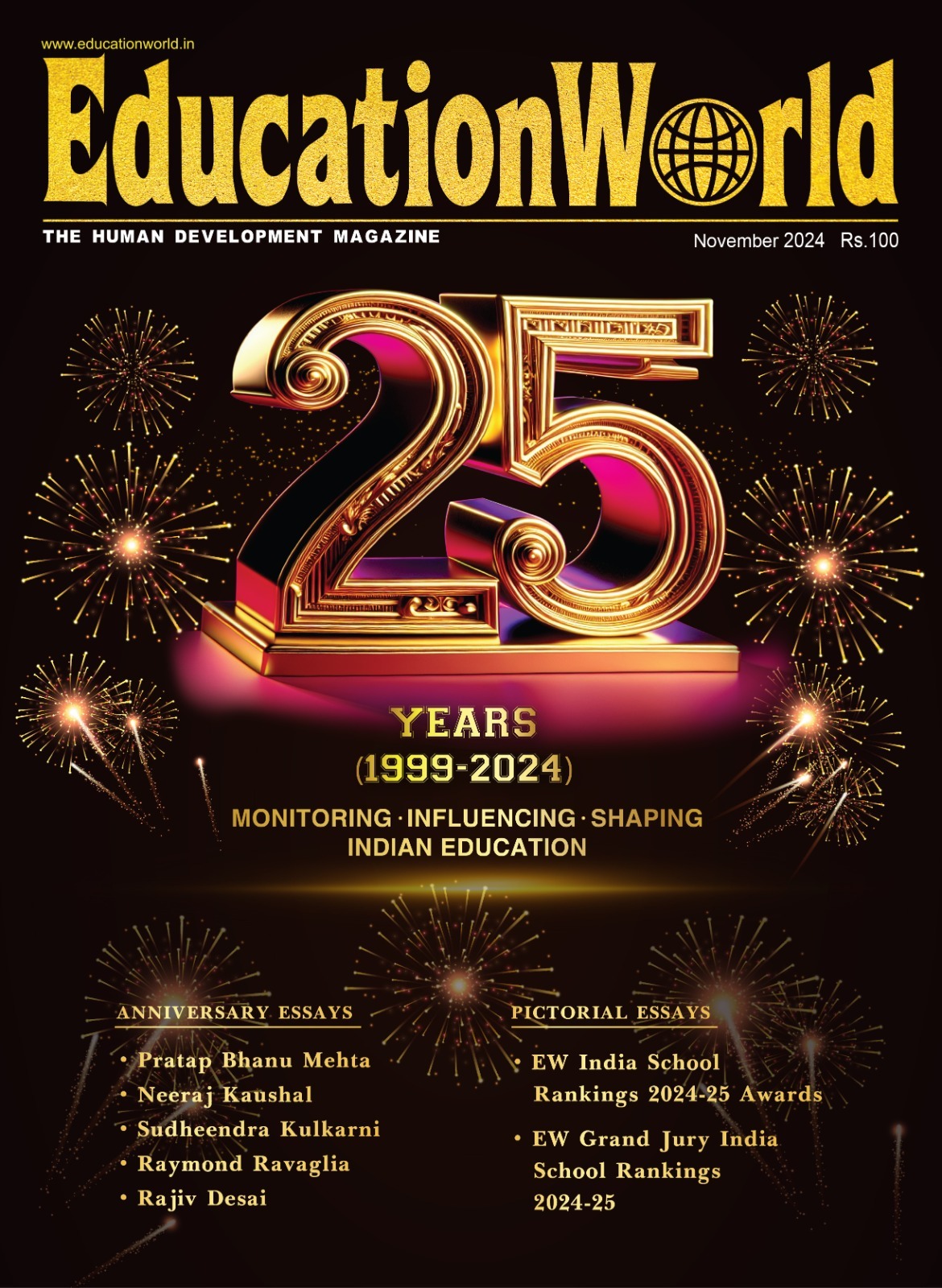Importance of nurturing gifted children
— Mahika Shishodia is Head of Education, Lodha Foundation
When the full potential of gifted children is not developed, the cost is not only the loss of individual success but also of society and the nation. Google and Apple were conceptualised and built by gifted individuals
India has a rich legacy of producing exceptional talent in various fields — science, technology, literature, sports, and the arts. However, for many gifted children, the path to realising their potential is riddled with potholes. To enable India’s millions of gifted — but largely undiscovered — children, it’s important to provide them academic opportunities and environments that nurture their unique talents.
According to Mensa, the world’s most prestigious high IQ society, the number of gifted children across India is estimated at 6 million. When the full potential of gifted children and youth is not developed, the cost is not only the loss of individual success, it’s also of society and the nation. It’s pertinent to bear in mind that Google and Apple were conceptualised and built by gifted individuals.
India’s gifted children are confronted with a range of challenges that hinders their development. Among them:
Lack of recognition. Most gifted children, especially in rural and educationally underserved areas, remain unidentified because of insufficient screening processes and limited teacher capability in recognising giftedness.
Curriculum rigidity. The traditional Indian education system tends to follow one-size-fits-all assessment, which buries the genius of gifted children.
Under-resourced schools. Most gifted children are denied specialised education resources, enrichment programs and advanced learning materials.
Socio-economic factors. Gifted children from low-income households usually lack access to enrichment opportunities, such as private tutoring, extra-curricular programs and exposure to global learning platforms.
Emotional and psychological challenges. Because they are ahead of the pack, gifted children routinely experience problems such as isolation, anxiety, bullying and ridicule.
Against this backdrop, school leaders and teachers need to consciously support and mentor gifted students to encourage their flowering. Some suggestions for school principals and teachers to identify and support gifted students:
Acceleration programs. These programs permit gifted students to advance through content at a pace commensurate with their capabilities. Examples include America’s Iowa Acceleration Scale and PSEO program.
Enrichment programs. These programs go beyond the standard curriculum, offering high performing students advanced learning opportunities for intellectual and creative growth. For instance, the Kaveri Group of Institutes in Pune, offers a ‘Gifted Katta’ program which provides students higher-level learning outside the regular classroom setting.
Individualised learning plans. ILPs provide personalised educational pathways for students exhibiting unique capabilities. Programs such as Project U-STARS~PLUS are designed for under-represented gifted students, ensuring access to advanced learning.
Socio-emotional support programs. Programs like the Schoolwide Enrichment Model integrate enrichment with socio-emotional support to build resilience and peer collaboration, enhancing emotional well-being and academic outcomes.
Professional development for teachers. Programs such as the NAGC workshops and the Javits-Frasier Teacher Scholarship equip educators with skills to meet the needs of gifted learners.
Gifted and talented education (GATE) programs. The Johns Hopkins Center for Talented Youth (CTY) provides online courses and summer programs to encourage creativity, critical thinking, and problem-solving skills.
Mentorship support. Mentoring programs, like Global Talent Mentoring, connect gifted students with mentors to support their academic and personal growth. Such relationships help students navigate challenges, boost self-confidence, and set high academic and career goals.
Supporting gifted students offers a huge opportunity for philanthropic capital in particular. Differentiated learning pathways, customised support, and individualised intellect development programs require substantial human and monetary capital. Moreover, commitment to nurture gifted students to fruition tends to be a long-term project requiring prolonged nurturance until they attain their full potential.
In conclusion, India’s gifted children represent a vast untapped resource for innovation, creativity, and leadership. By identifying them early, providing them with differentiated and enriched curriculums and ensuring their emotional and social stability, gifted children who fulfill their potential can contribute hugely towards inventions and innovations that can revolutionise India’s laggard economy. Yet tapping this grossly under-utilised latent resource requires collaboration between educators, policymakers, private organisations, and communities. Gifted children and youth need to be nurtured by an educational ecosystem that not only welcomes their brilliance but also empowers them to realise their full potential for the benefit of society.

















Add comment